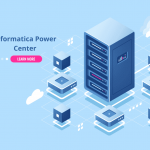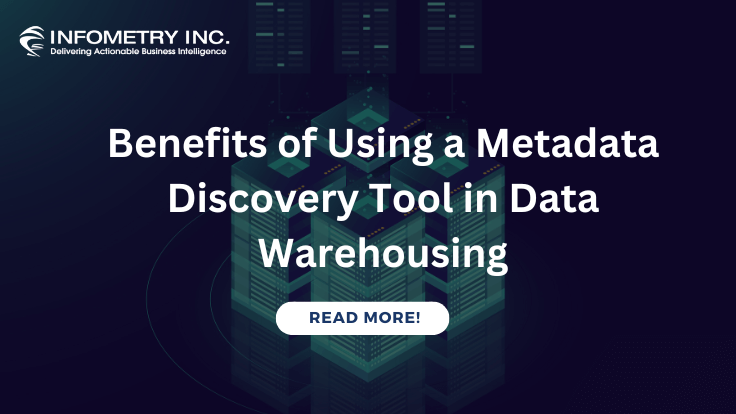
How to Implement Incremental load in Informatica PowerCenter?
March 11, 2019
ICRT File Monitor Informatica Cloud Real Time Connection !
March 14, 2019Problem Description of Salesforce Data Replication
Salesforce Data Replication: In today’s business world, customers/users face difficulties to take back-up or make changes to data in cloud-based applications like Salesforce, NetSuite Solution, etc. Data needs to be replicated from all objects or a specific object with a full load or partial load based on the business requirements. And if users want to use salesforce objects as look-up objects, then there will be a performance issue.
Challenges to User/Developer
- In IDMC (Formerly known as IICS), (Informatica cloud services) the above challenges can be solved by “Data Replication”.
- The Salesforce add-on connector needs to be enabled in the IDMC (Formerly known as IICS) administrator to create a salesforce connection.
- To create a salesforce connection salesforce User Name, Password, Service URL, and Security token are needed.
- For target objects, either a database connection or flat-file connection is required.
Solution
Approach-
- Using data replication, the solution for the above-mentioned challenges can be achieved.
- Take an example, some data in salesforce needs to be masked, the data has to be replicated to the database, masked, and loaded to salesforce using Id again.
Technical Solution-
- Create a source connection(salesforce) and target connection (Database or flat file) in IDMC (Formerly known as IICS).
Salesforce Connection:
Database Connection:
- Data Replication:
- Objects to replicate: During each data replication, either replicate all objects or a specific object should be run.
Include objects:
- If an error occurs while processing an object, the remaining objects to be processed can be canceled or it can be continued by enabling the options.
- For target, a connection has to be created as mentioned above, and “load type” has to be selected.
- In ‘incremental load’ the data replication task determines new, changed, and deleted data in the source objects since the last run and propagates the changes to the target objects.
- In partial load, the rows which are created or modified after a specified time are loaded to target objects.
- For the full load data replication task, it drops all the data in the target objects and then performs a full data refresh from the source objects.
- In “field exclusion” some fields from each object are excluded as per requirements.
- Using row limits, no rows to be processed can be selected.
- Using data filters the rows can be further filtered based on a filter expression.
- This job can be run manually or scheduled as needed.
Advantages
- If the source is salesforce and the target is a database then there is no need to create a target table manually, the target will generate automatically.
- DRS is supper efficient, take an example there are 200 tables in the source and all the tables are required in the target, and a DSS task is chosen then 200 DSS tasks have to be created (if selecting multiple object option is not available) because generally in DSS one to one mapping is used i.e. one source table/object to one target table/object, also selecting multiple objects in DSS additional complexities have to be added. So, DRS is the best way to go in these scenarios.
Issue
None
Conclusion
With data replication task performance issue of loading a large number of objects from source to target with operations like insert, update (upsert)” can be avoided.




